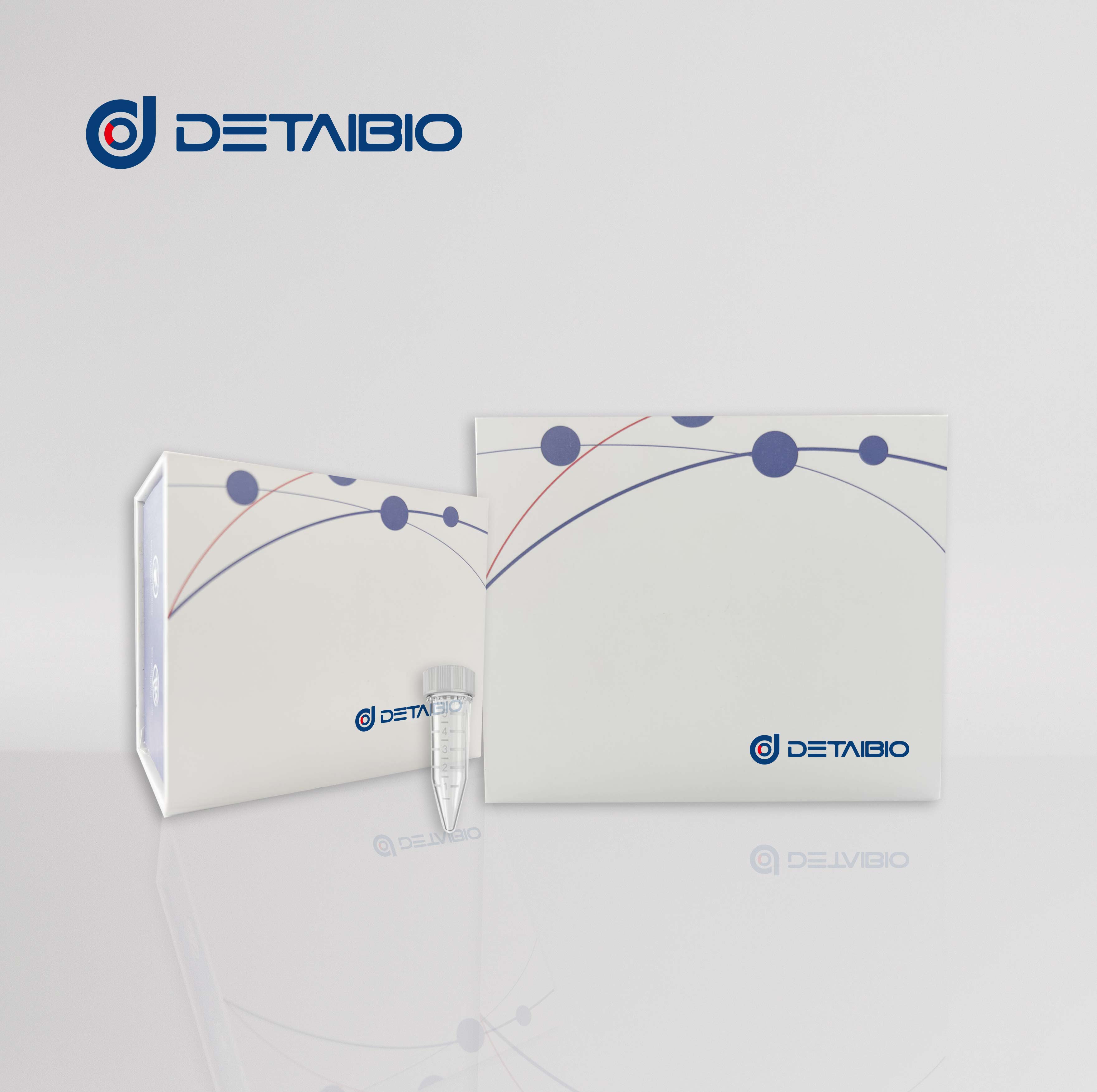- Home
- Services
- Antibody Discovery Service
- SingleB® Rapid Monoclonal Antibody Development
- Mouse SingleB® Rapid Discovery
- Rabbit SingleB® Rapid Discovery
- Alpaca VHH SingleB® Rapid Discovery
- Alpaca IgG1 SingleB® Rapid Discovery
- Fully Humanized Mouse Monoclonal SingleB® Rapid Discovery
- Rapid Hybridoma Monoclonal Antibody Development
- Phosphorylation Antibody Production
- Anti-Idiotype Antibody Development
- Recombinant Protein Expression Service
- Prokaryotic Protein Expression
- Mammalian System Transient Expression
- Large-Scale Protein Production Service
- High-Expression Stable Cell Line Construction for Production
- Insect Cell Protein Expression Service
- Recombinant Antibody Expression Service
- BGE® High-Throughput Antibody Expression Service
- Bispecific Antibody Expression
- Large-Scale Antibody Production Service
- Antibody Modification & Application
- Hybridoma Antibody Gene Sequencing
- Detection of Intermolecular Interactions
- Antibody Humanization
- In Vitro Diagnostic Reagent Development
- Featured Services
- Small Molecule Antibody Production
- IgA Antibody Development
- IgM Antibody Development
- Antibody Pairing Development
- Products
- Product Name
- Recombinant Human IgG1 FC
- Recombinant Mouse IgG1 FC Protein
- Diphtheria Toxin Protein
- Human Lambda Protein
- Rabbit Kappa Protein
- Sheep Lambda Protein
- Wild-type Streptavidin
- Recombinant Streptavidin
- Antibodies
- Tag Antibodies
- Anti-BSA Antibody
- Anti-DXd Antibody
- Test Kits
- His-tag Rapid Detection Test Strip
- Flag-tag Rapid Detection Test Strip
- Mouse IgG Antibody Isotyping Kit
- Protease
- SUMO Protease
- TEV Protease
- Molecular Tools
- Hotstart Taq Polymerase
- High Fidelity PCR Master Mix
- Resources
- Technical Resources
- Monoclonal Antibody Topics
- Recombinant Antibody Topics
- Protein Expression Topics
- Protein Purification Topics
- PCR Technology Topics
- Protein Interaction Detection Topics
- Material Downloads
- Biologics Research Global
- CAR-T Therapy: Revolutionizing Cancer Treatment
- Applications of Antibodies from Different Animal Sources
- Captivating Mechanism of Action behind Monoclonal Antibodies
- TCR Targeted Tumor Antigens
- Emerging Antibody Therapies Targeting B Cell Lymphomas
- Molecular Construction of T Cell Engagers: Formats Matter
- Fine-tuned CD3 Affinity: Desired Balance between Antitumor Activity and Safety Drives the Design of Next-generation T Cell-engagers
- Tumor Microenvironment Responsive Therapeutic Antibodies
- Mannose in Targeted Immunotherapeutic Endeavors
- News & Activities
- About Us
- Contact Us






